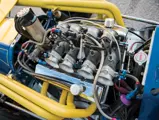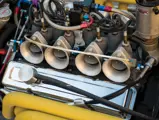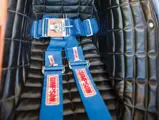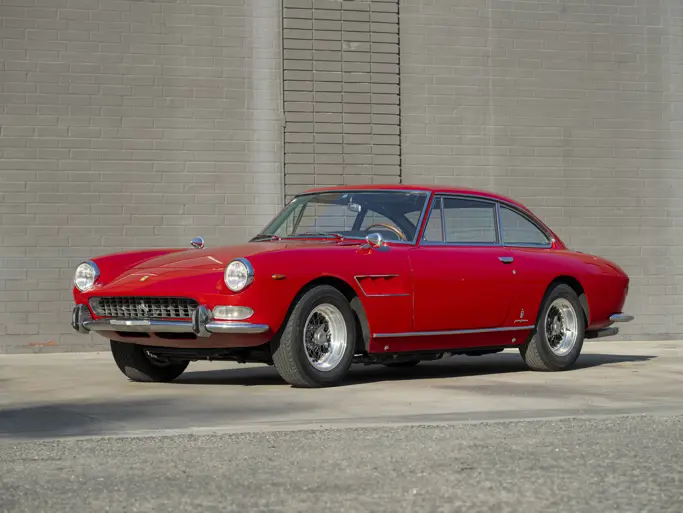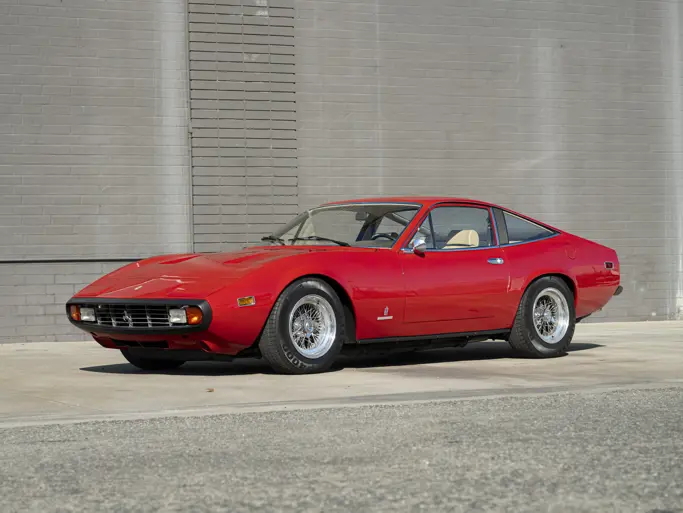1968 AAR Eagle USAC Indianapolis
{{lr.item.text}}
$350,000 - $400,000 USD | Not Sold
{{bidding.lot.reserveStatusFormatted}}
- Bought new by Roger Penske in 1968
- Raced by Donahue in the 1968 Rex Mays 300 at Riverside
- Described in Donahue’s book The Unfair Advantage
- Thoroughly researched and restored by the owner
- Shown at the 2005 Amelia Island Concours d’Elegance; Amelia Award winner
- Featured in Victory Lane, November 2016
Est. 525 bhp, 320 cu. in. Traco-Chevrolet V-8 engine, Hewland manual transmission, front and rear independent suspension with adjustable coil-overs and double wishbones, and four-wheel ventilated hydraulic disc brakes. Wheelbase: 96 in.
This Pen-Can Sunoco Eagle helped to pioneer the Chevrolet small-block racing engine. Built by Dan Gurney’s All American Racers, chassis number 406 was originally purchased by Roger Penske for use by Mark Donohue as their first USAC Indy car in 1968. Their first competitive outing was the Telegraph Trophy race at Mosport on 15 June 1968. Stiff competition included A.J. Foyt, Mario Andretti, Bobby and Al Unser, Gordon Johncock, Johnny Rutherford, and Graham Hill, as well as the eventual race-winner Dan Gurney. After two 40-lap heats, Donahue placed 5th overall, an exceptional finish considering it was his first time out in the car.
The second race was at the Rex Mays 300 at the Riverside International Raceway in California. Unfortunately for Donahue, though fighting in a heated battle for the lead against Dan Gurney, he would not finish the race. Donahue’s final outing in chassis number 406 was at a test session for Goodyear Tires held at the Indianapolis Motor Speedway.
In early 1969, Richard Oeffinger, representing Sid Weinberger of Weinberger Homes, bought the Eagle directly from Roger Penske for use by Ron Bucknum. Fitted with an Offenhauser engine, the car would qualify 16th at that year’s Indianapolis 500, but ultimately DNF due to a burned piston, and would place 26th overall. A Chevy engine would be reinstalled and the car was entered at Phoenix, though it would not qualify. The third and last race for Bucknum was at Riverside where, after running as high as 4th, the car did not finish because of a loose hose clamp.
In 1970 the car was sold to Arnie Knepper, who campaigned the car in the 1971 season. Arnie would compete in most of the USAC races, including Indianapolis. The Eagle was finally sold to Precision Racing (owned by the LaWarre family), repowered with Chevrolet engines, and raced in the 1974 and 1975 seasons. Chassis number 406 was handled by Larry Rice that first year and then by John Hubbard for the balance of 1974 and 1975. Thereafter, the Eagle was relegated to the back of LaWarre’s shop in Florida, where it would remain until 1999.
By happenstance, the current owner discovered the car sitting in LaWarre’s shop while he was looking to acquire a Busch NASCAR that was being offered for sale. Coming to an agreement to buy both cars, he wheeled them out of the shop and began his yearlong research project to restore the Eagle. First, he tracked down a correct Traco-built engine block, and after an extensive search found the correct intake manifold to complete the engine restoration to the same specification it had raced at Riverside in 1968. The engine was built by J&J Balancing and is reported to produce 525.4 horsepower and 450.5 foot-pounds of torque (the engine was subsequently pickled for display).
The chassis was stripped down and repainted period-correct Sonoco Blue with yellow stripes; even the numbers and lettering were hand-painted. The suspension and brake components were reconditioned and rebuilt, while the gearbox was reconfigured to road-racing specification. Everything was essentially restored, repaired, or remade as needed, including a new windshield.
After the comprehensive restoration was completed in late 2004, the Donahue Eagle was presented at the Amelia Island Concours d’Elegance in 2005 to great acclaim. There, as judged by Brock Yates, Bobby Rahal, and Bobby Unser, the car was presented with a prestigious Amelia Award, capping off a multi-year restoration and research project by the consignor.
An exceptional AAR Eagle and pioneer in Chevrolet racing engines, this car would be a superb addition to any racing paddock or enthusiast’s collection.


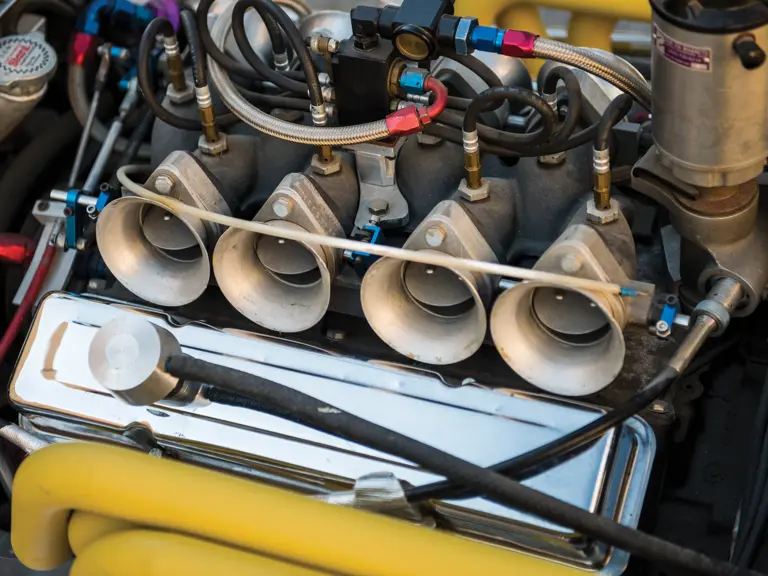
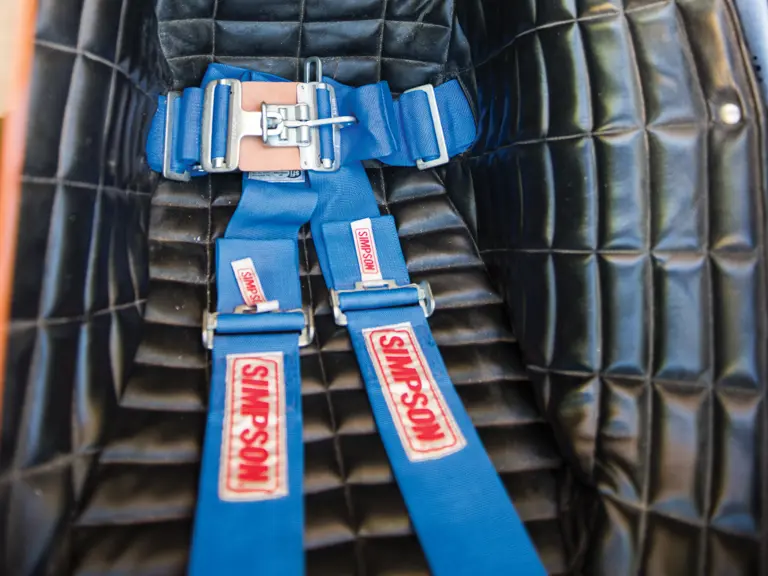
 | Amelia Island, Florida
| Amelia Island, Florida
